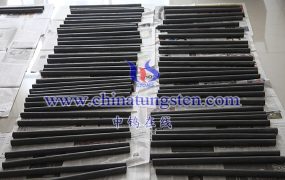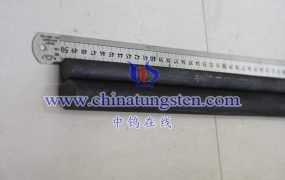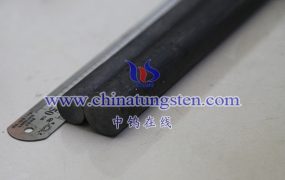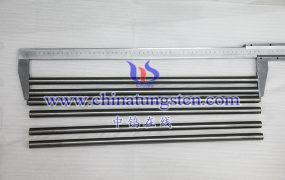TZM alloy rods and molybdenum-copper alloy rods are two different alloy materials, and they have some differences in composition, properties and applications. Here are the main differences between them:
Composition: TZM alloy rods are mainly composed of molybdenum (Mo), titanium (Ti) and zirconium (Zr), among which molybdenum has the highest content. The molybdenum-copper alloy rod is composed of two elements, molybdenum (Mo) and copper (Cu), and the content of copper is relatively high.
Strength and hardness: Due to the difference in composition, TZM alloy rods are relatively high in strength and hardness, and have excellent mechanical properties. However, the strength and hardness of molybdenum-copper alloy rods are relatively low.
Thermal expansion coefficient: The thermal expansion coefficient of TZM alloy rod is low, which makes it have better thermal stability in high temperature environment. The molybdenum copper alloy rod has a relatively high coefficient of thermal expansion, which may cause greater thermal expansion when the temperature changes.
Electrical conductivity: Molybdenum copper alloy rod has good electrical conductivity and is suitable for electronic devices and conductive applications. In contrast, the electrical conductivity of TZM alloy rods is relatively low.
Corrosion resistance: Both TZM alloy rods and molybdenum-copper alloy rods have certain corrosion resistance, but the specific corrosion resistance may be affected by composition and environment.
Application fields: TZM alloy rods are often used in high-temperature structural parts and components in aerospace, nuclear energy, chemical and other fields. Molybdenum-copper alloy rods are often used in electronic devices, conductive contact materials, etc.
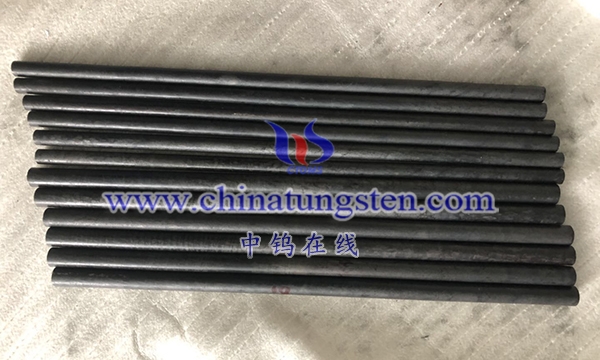
More details of molybdenum or molybdenum alloy products, please visit website: http://molybdenum-alloy.com/index.html
Please contact CHINATUNGSTEN for inquiry and order of molybdenum alloy products:
Email: sales@chinatungsten.com
Tel.: +86 592 5129595


